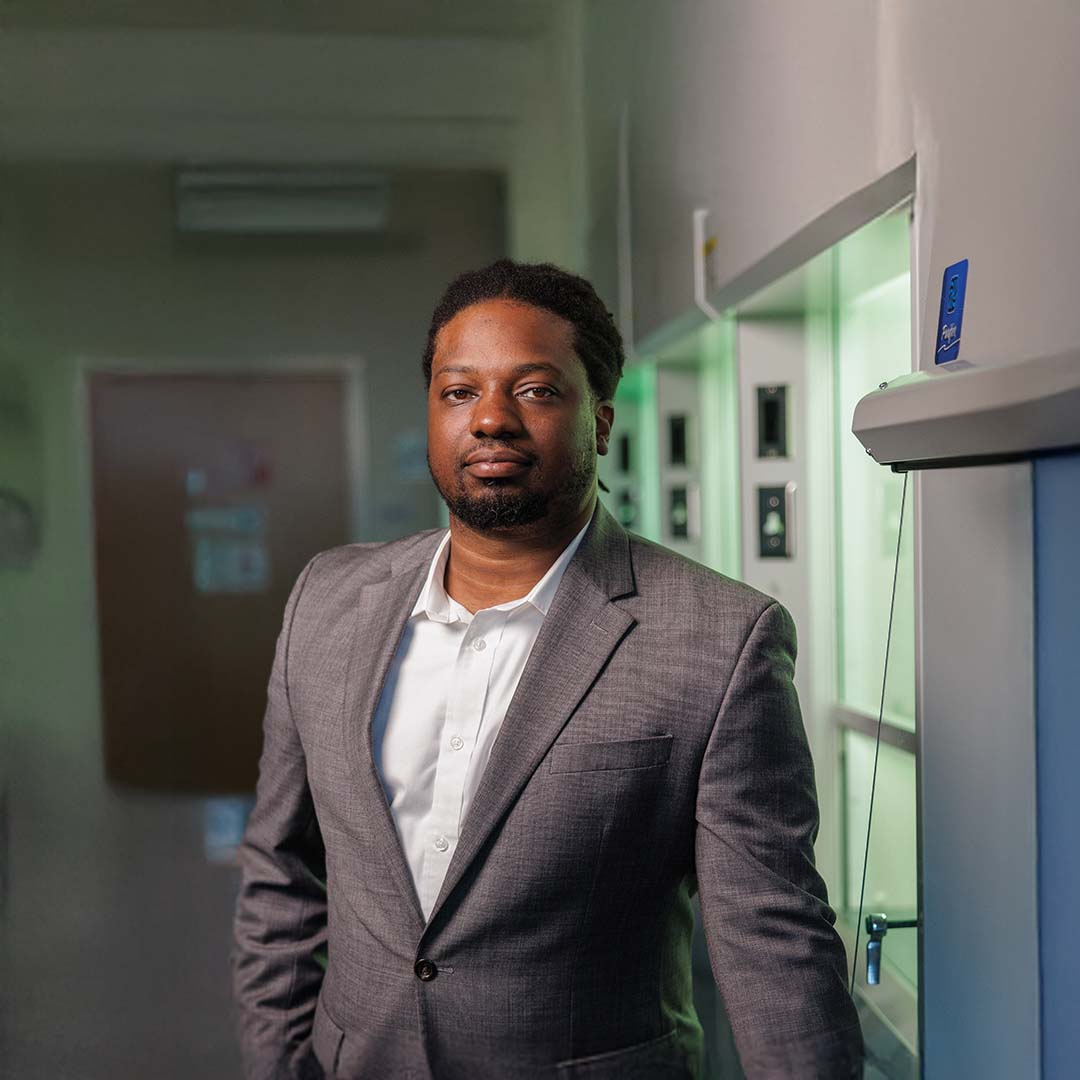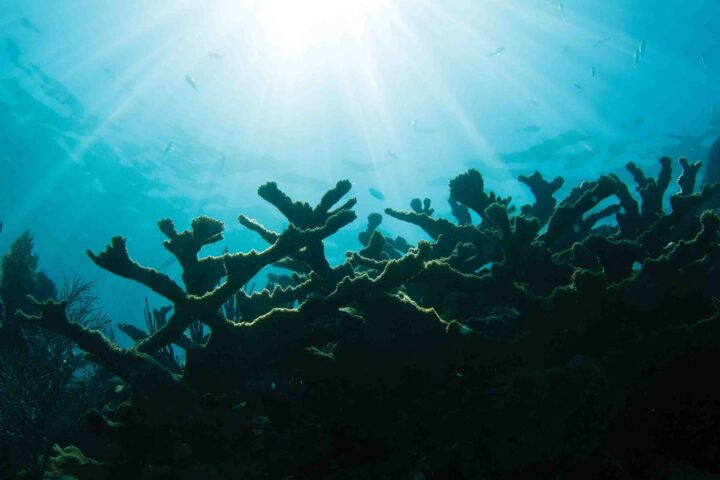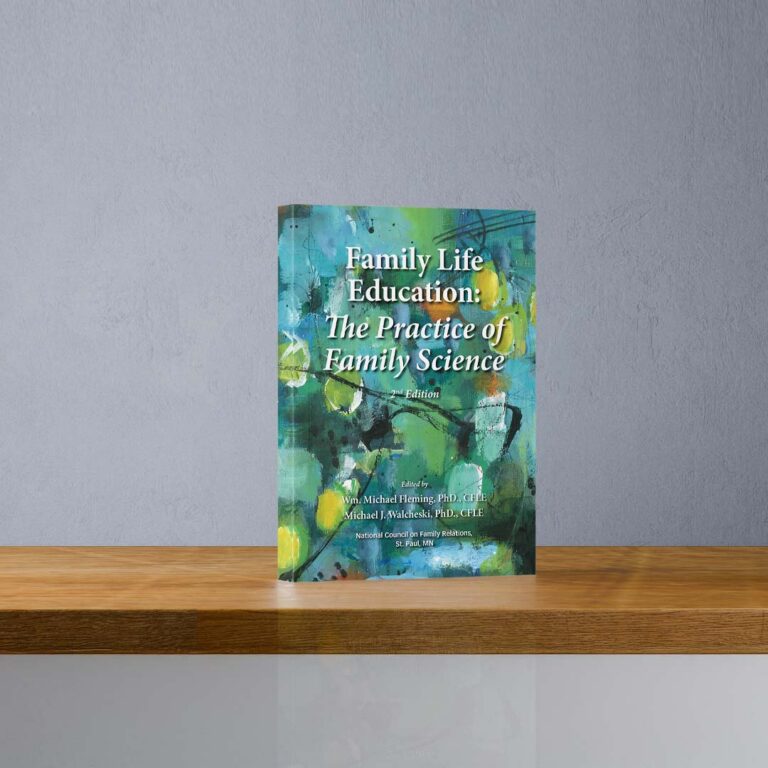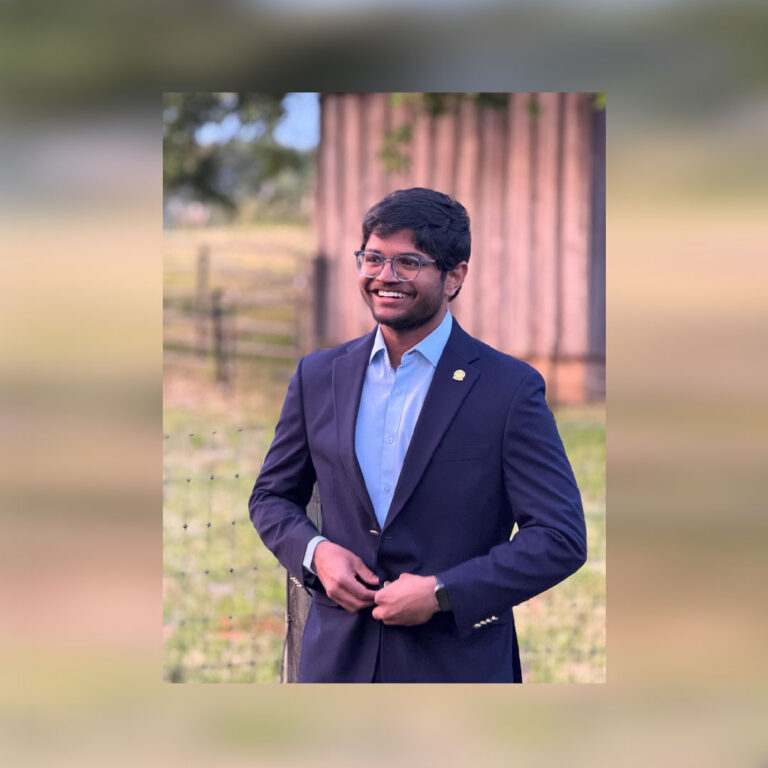From Delaware to the Deep Sea

The Florida Keys are a long way from a state-of-the-art lab in Wilmington, Delaware, but Dr. Milton Muldrow Jr. hopes his research will help halt the loss of Florida’s coral reefs.
Dr. Muldrow joined Wilmington University in 2015, founding the Environmental Science and Biology programs. Today, students can earn a Bachelor of Science and a Master of Science in Environmental Science. There is an undergraduate degree in Biology, and WilmU added a Chemistry degree in spring 2025. The University also offers certificates in Biotechnology and Forensic Science.
Dr. Muldrow is also an assistant director of the NASA Delaware Space Grant and and director of the Natural Sciences Division at the College of Health Professions and Natural Sciences.
“I have a broad interest in climate change, which is driving the collapse of coral ecosystems around the world.”
— Dr. Milton Muldrow Jr.
The Baltimore native developed a love of science at a young age. In high school, he completed a project on ethnobotany — the study of the relationship between people and plants — and the use of medicinal herbs in tropical rainforests, which further piqued his interest in science. He earned a Bachelor of Science in Biology from Saint Francis University in western Pennsylvania and a Master of Science in Biology from the University of Missouri in St. Louis.
“I have a broad interest in climate change, which is driving the collapse of coral ecosystems around the world,” says Dr. Muldrow, who received a Ph.D. in Environmental Science and Public Policy from George Mason University. A trip to the Galapagos sparked his interest in coral, and his doctoral research focused on the concept of shifting baselines in coral reef conservation.
In his WilmU lab, Dr. Muldrow is using cutting-edge gene-editing technology that makes specific changes to the DNA of a cell or organism. An enzyme cuts the DNA at a particular sequence, and when the cell repairs itself, it changes the sequence. On a basic level, it’s like changing or deleting a word in a sentence to express a thought more clearly.
CRISPR-Cas9 is the editing tool that removes, adds to, or alters regions of DNA. It could help cure such illnesses as sickle cell disease and cystic fibrosis. It is also a game-changer in agriculture.
Dr. Muldrow’s team will use the technology on Aiptasia, a genus of sea anemones that’s “basically a lab rat for corals,” he says. “We’re introducing Aiptasia to stressful environments and studying the responses of certain genes and proteins.”
Warm water puts stress on coral; the Keys have lost nearly 90% of their coral cover over the past 50 years, severely reducing reef biodiversity and coastal resilience. “Sea temperatures over the last several years have been record high,” Dr. Muldrow says. “The Florida Keys have seen temperatures of over 100 degrees close to land in the last few years.”

Dr. Muldrow doesn’t limit his work to Florida. Currently, he’s developing a field project to sample environmental DNA (eDNA ) — the genetic material shed by organisms — in the Delaware Bay. Moreover, his interest in climate change extends beyond coral reefs. He is the founder of the website PhantomEcology.com. Phantom Ecology reimagines ecological restoration. Instead of recreating historical ecosystems — which is impossible given that degradation occurred before modern research — the mission is to use biotechnology to craft new, resilient ecological systems.
Phantom Ecology produced the YouTube video “Immense Methane Leaks in Antarctica: A Hidden Climate Threat.” In 2023, Spanish scientists on an expedition documented towering methane plumes rising from frozen methane hydrate reserves beneath the seabed. The concern: Methane is about 30 times more toxic than carbon dioxide.
Making science more accessible is one of Dr. Muldrow’s goals, and he’s an enthusiastic advocate for the sciences and STEM careers. The space grant promotes STEM education, research, and workforce development.
“Environmental science has a lot to do with space,” he says. “The first planet we care about is ours. NASA touches every major scientific field, from biology to environmental science, physics, and space science. Satellite imagery and sensors help us analyze planet Earth.”
To be sure, all the fields now rely on technology. For instance, Dr. Muldrow and his students use AlphaFold, an AI system developed by DeepMind, a subsidiary of Google. AlphaFold predicts the 3D structure of proteins from their amino acid sequences. “Without AlphaFold, it would have taken years and hundreds of thousands of dollars to perform our recent work analyzing the Aiptasia proteome,” he says.
He encourages all would-be scientists, including his young son, to take advantage of technology. His WilmU lab has all the bells and whistles, but that’s not the primary benefit of his position.
“The thing I love the most is the ability to form years-long relationships with students to help them build a research portfolio, get funding, make connections, and see them off to a successful job,” he says. “That’s the best part.”
— Pam George
Want to read more in-depth stories? Explore our latest magazine articles.



